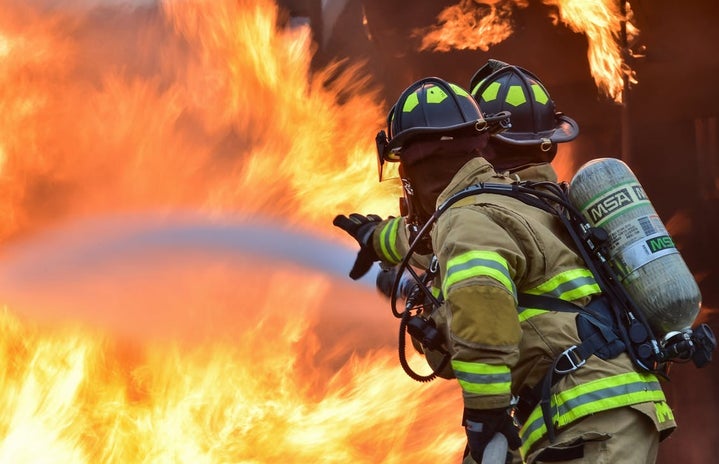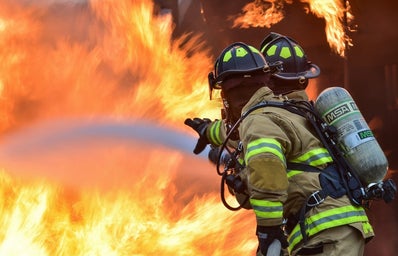As wildfires continue in California, the risk to health continues to rise for the people that live in the affected areas. On top of the destruction of property and homes, people have had to cope with rearranging their lives in order to maintain their health and the health of their families.
According to the Cal Fire Summary, as of September 17th 25 people have been killed while 5,400 structures have been destroyed since mid-August. Although the fires have somewhat died down from a month ago, with blazes springing up and becoming contained since this report, 20 out of 29 of the current fires are still less than 75% contained. However, most of the actual flames are not indicated to be within heavily residential areas. Nevertheless, thousands of people continue to be impacted by these wildfires. It is significant to note that the fire itself is not the only threat to the health and safety of Californians.
Perhaps one of the most dangerous aspects of these wildfires is the huge amounts of smoke that can travel miles from the site of the blazes. Inside these thick black clouds are particles that can cause multiple health problems if inhaled and for an extended time. People with chronic health conditions, such as asthma or cardiovascular disease, are at a higher risk of suffering greater problems from smoke inhalation. According to the Cal Fire Fire and Smoke Map, areas around Lake Tahoe and portions of the Sierra Nevada Mountains are experiencing poor air qualities from the surrounding fires, some indicating hazardous conditions. Furthermore, firefighters are at a greater risk for carbon monoxide related illnesses as they operate near the flames.
In addition to these immediate effects of wildfire smoke, there is a risk of long-term damage to lung function. One study conducted in Missouri after a wildfire broke out in 2017 found that people who encountered heavy amounts of smoke over several weeks continued to have decreased lung function as much as two years after the fires. As the seasons begin to change, the weather plays a big part in the spreading and containment of these wildfires. Warm, dry air creates a lot of fuel from dehydrated leaves and bushes. This is the perfect fuel for a fire and makes it much easier for a fire to spread. High winds exacerbate this issue by carrying hot embers downwind of the main fire and subsequently ignite new fires.
Since the fires began, firefighters and rescue crew have been working diligently to contain the blaze. Of the 14 Cal Fire active fires, 6 are mostly contained with 4 within a relatively short time of being completely contained. As per the recommendations of the state of California, as well as all states that are affected by yearly wildfires, it is important for those affected to follow calls to remain indoors, wear appropriate gear for necessary trips outside and find sufficient shelter from both the heat and flames of the wildfires as well as the smoke zones that extend around them.


